If you’re looking for a great way to spruce up your home but aren’t sure how to do it. Then look no further than a few plants. There are so many great varieties to choose from that can add so much to your home décor. Whether you’re looking for some greenery or some flowering option, there is something for you. Today, we’ve got a list of some low-maintenance plants that work for the new home gardener. And even if you’ve been growing houseplants for years, these are some beauties you might consider adding to your collection.
1) Lucky Bamboo
Nowadays, it’s quite common to find Lucky Bamboo as decorations in many settings. One of the reasons is because it is easy to care for. Simply put it in a container with some pebbles and water and you’re set to go.
Care tips:
- Sun Exposure: partial Shade
- Soil Type: water or well-draining soil
- Toxicity: toxic to animals
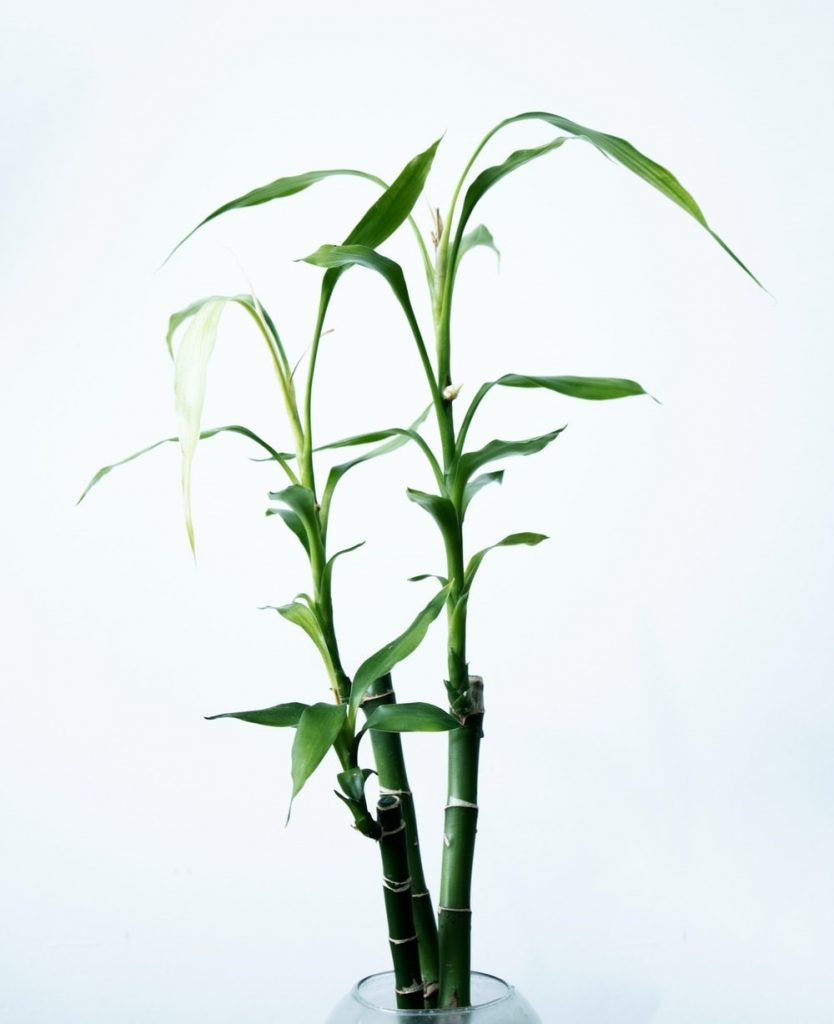
2) Monstera Deliciosa
Known as the “Swiss Cheese Plant” because of the perforated leaves, the Monstera Deliciosa is an easy-to-grow houseplant. It can grow leaves up to 3 feet long and grow in height about 1 to 2 feet a year.
Care tips:
- Sun Exposure: bright indirect sunlight, partial shade
- Soil Type: peat-based potting soil, well-drained
- Toxicity: toxic to cats and dogs
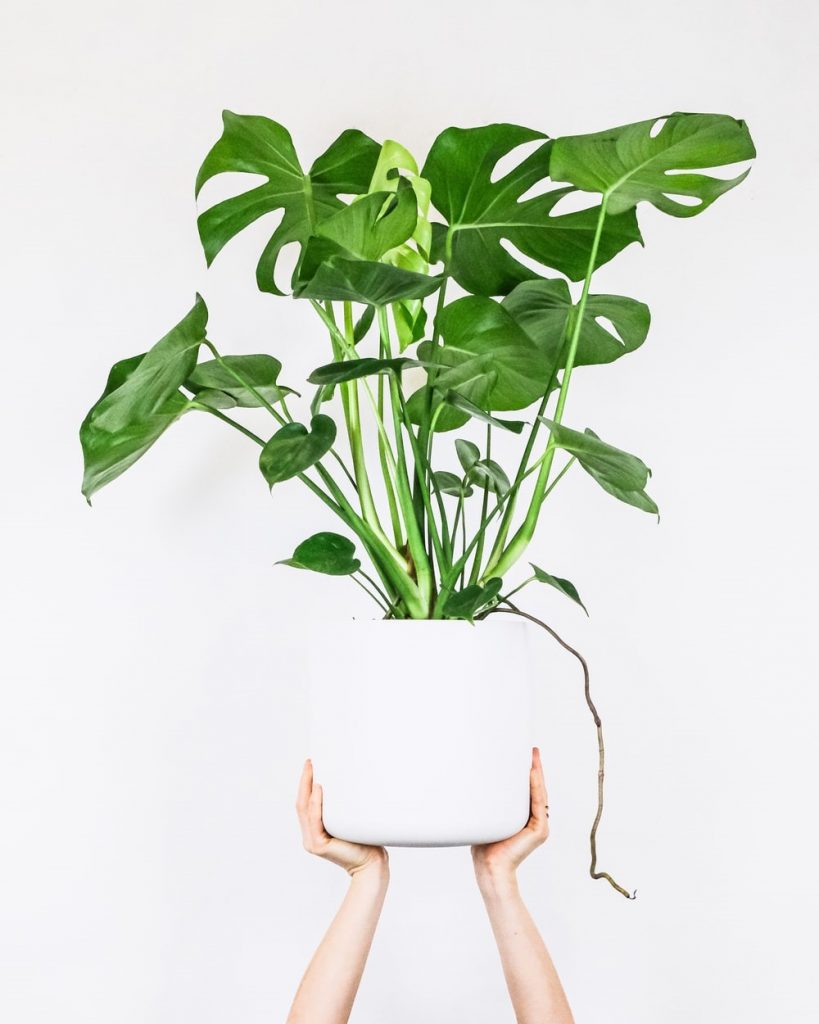
3) Pothos
This is one of the easiest houseplants to grow, even for those who aren’t great at remembering to water. Pothos is a trailing vine with heart-shaped leaves and can grow between 12 and 18 inches in a month.
Care tips:
- Sun Exposure: full sun, partial shade
- Soil Type: moist but well-drained
- Toxicity: toxic to cats and dogs
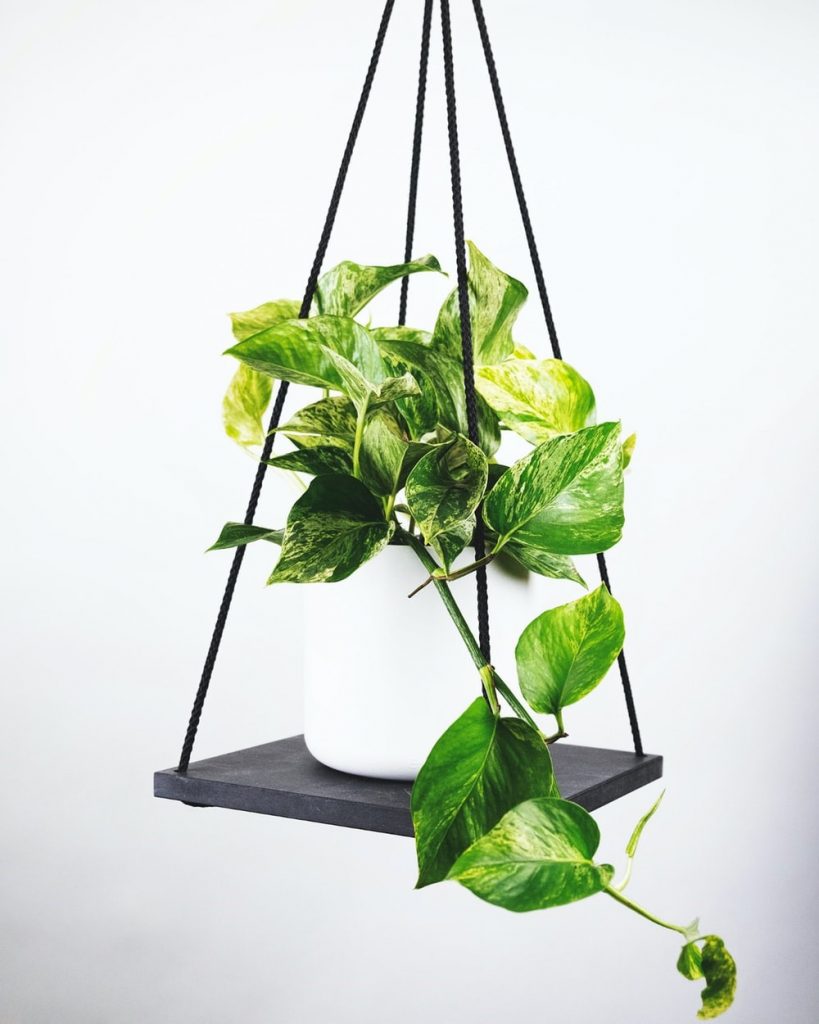
4) Chinese evergreen
One of the most popular houseplants, the Chinese evergreen is a decorative houseplant that comes in several color variations. It is a slow-growing plant that will add to your home décor.
Care tips:
- Sun Exposure: partial shade, full shade
- Soil Type: peaty, well-drained
- Toxicity: toxic to cats and dogs

5) Holiday Cactus
The beautifully blooming Holiday Cactus is the perfect plant for the winter season. There’s no special care needed to get your Holiday Cactus to bloom, and you’ll be rewarded with a wonderful sight each winter.
Care tips:
- Sun Exposure: partial sun
- Soil Type: moist but well-drained
- Toxicity: none

6) Spider Plant
These popular plants are quite hardy, surviving less-than-perfect conditions. The spider plant grows slender, arching leaves that grow up to 1 to 1.5 feet long on average. Mature plants will also send out long stems that have small, star-shaped flowers.
Care tips:
- Sun Exposure: partial, shade
- Soil Type: loamy, well-drained
- Toxicity: none

7) English Ivy
A vigorous vining plant, English Ivy is great for those looking for a fast-growing plant. With the right conditions, these plants will grow fast and quickly outgrow a space. Be prepared for regular pruning.
Care tips:
- Sun Exposure: partial shade to full shade
- Soil Type: fertile and moist
- Toxicity: toxic to people and pets

8) Bromeliad
Known as earth stars, Bromeliads are a widely varied plant with over 1,200 types. Colors range from dark green to bright pin as well as a huge variety of patterns available. The plant will only bloom once before the plant produces pups and the parent plant dies.
Care tips:
- Sun Exposure: bright indirect light, resents direct sunlight
- Soil Type: bromeliad potting mix
- Toxicity: none

9) Peace Lily
A tropical species, the Peace Lily is a favorite flowering houseplant and can bloom up to two times a year. The plant will reach maturity in around 3 years where indoors they can get up to 1 to 3 feet tall.
Care tips:
- Sun Exposure: partial shade
- Soil Type: moist but well-drained
- Toxicity: toxic to people and pets

10) Aloe
There are many different species of Aloe, however, the most common houseplant is the Aloe barbadensis miller. The plant has gained favor because of the watery gel from the leaves. It is a fast-growing succulent where it can reach 1 to 2 feet tall.
Care tips:
- Sun Exposure: indirect sunlight
- Soil Type: sandy
- Toxicity: mildly toxic to humans, toxic to pets

11) Ponytail Palm
Though not a true palm, the Ponytail Palm is a stunning little tree that can grow in shallow pots. They are perfect for desktop decoration. Given enough time, the plant can grow up to 6 feet or possibly taller. Though it is a very slow-growing plant.
Care tips:
- Sun Exposure: full sun
- Soil Type: sandy, well-draining
- Toxicity: none
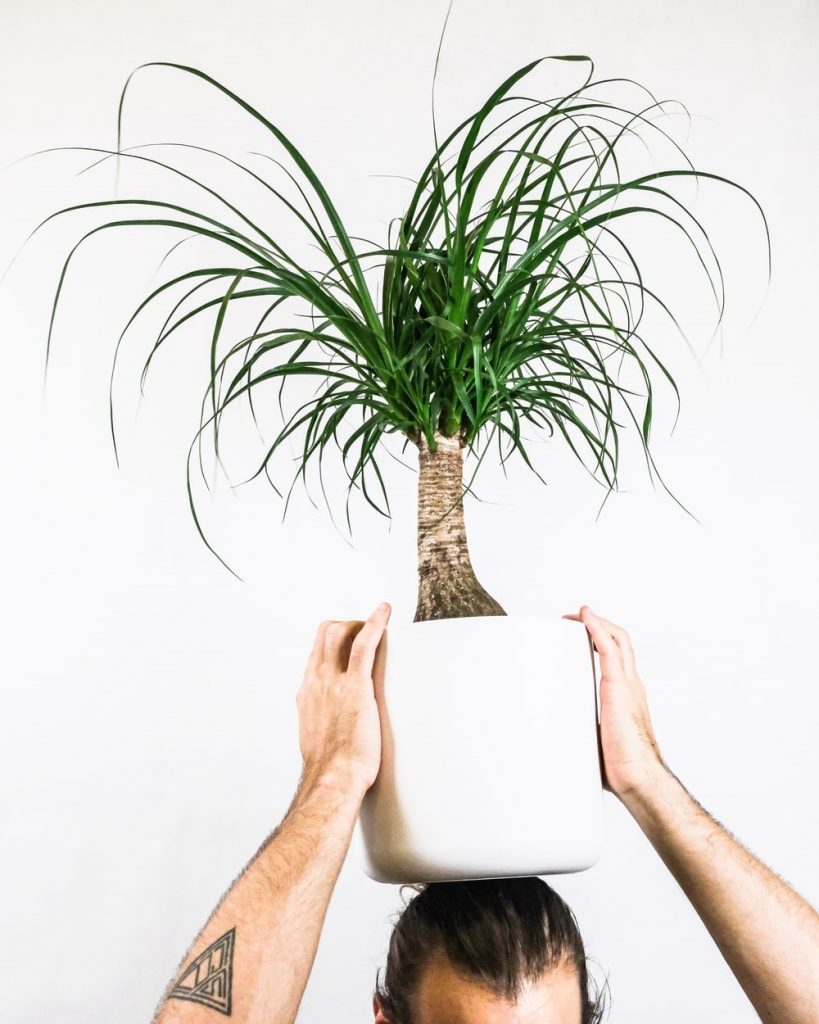
12) Rubber Plant
The Rubber Plant is a tropical plant that will need enough light, water, and warmth. But if you can give it that, you will find it’s a perfect addition to the home. The oval-shaped leaves are a beautiful color and grow quickly.
Care tips:
- Sun Exposure: partial shade
- Soil Type: moist but well-drained
- Toxicity: toxic to cats and dogs
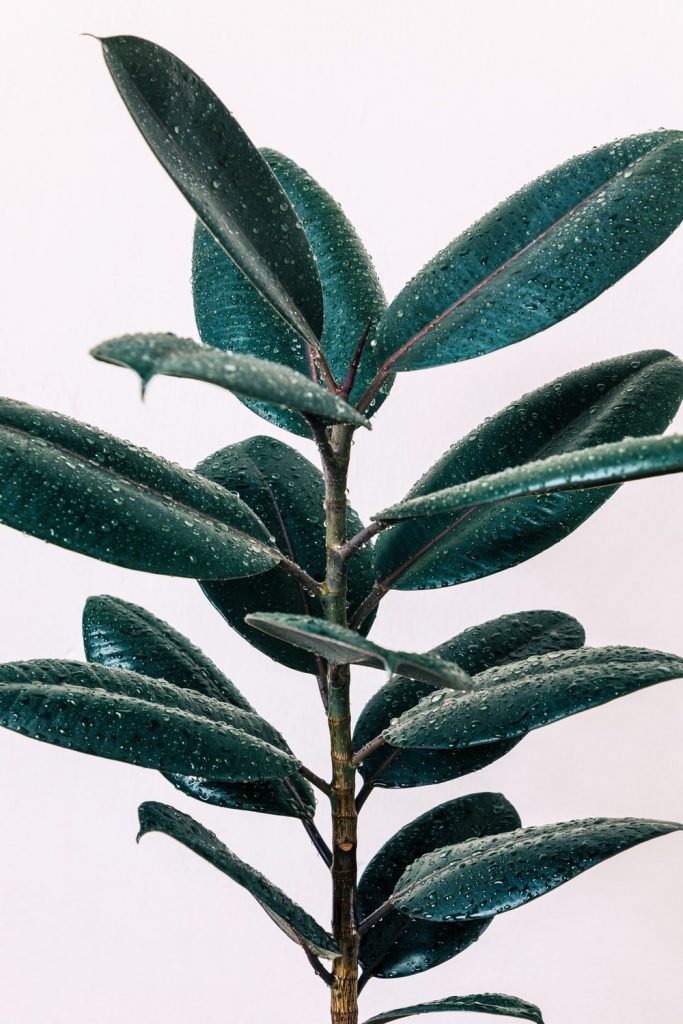
13) ZZ Plant
These low-maintenance plants with shiny, wide leaves and are often mistaken for artificial because of the waxy green leaves. The ZZ Plant is a slow-growing plant that won’t need repotting often.
Care tips:
- Sun Exposure: Partial Shade to full shade
- Soil Type: fertile and moist
- Toxicity: Toxic to people and pets
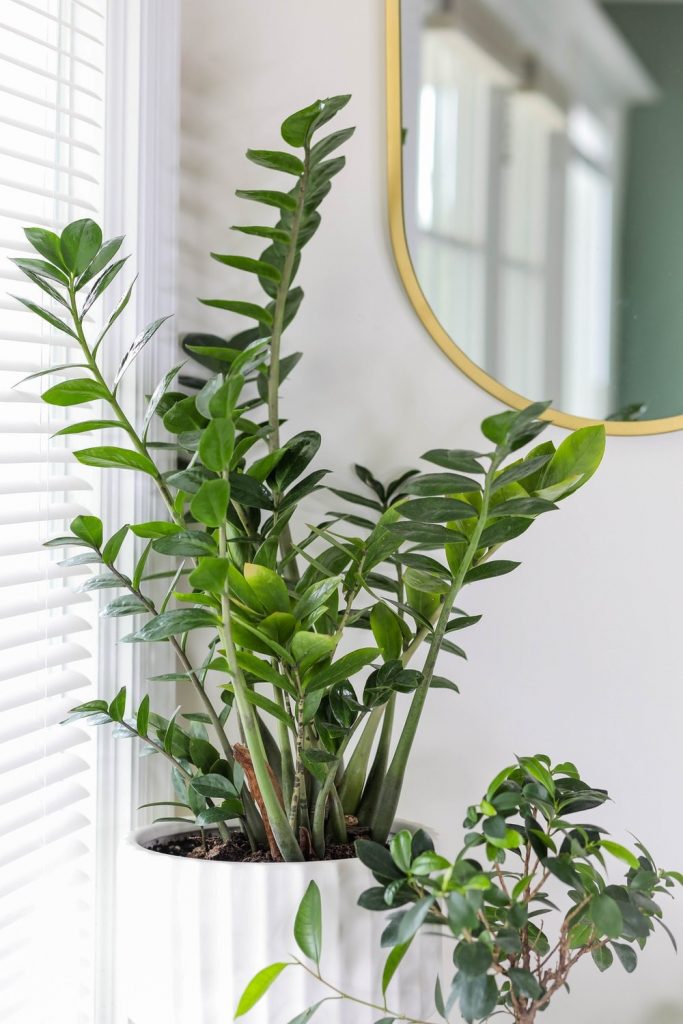
14) Snake Plant
A hard species of houseplant, the snake plant has stiff, sword-like leaves. They can come in a variety of colors and are quite easy to grow. The plant does grow slowly in indoor light, but if you increase the sun exposure, it will up the growth.
Care tips:
- Sun Exposure: partial sun
- Soil Type: sandy, well-drained
- Toxicity: toxic to cats and dogs

15) Chinese Money Plant
This popular houseplant has many common names, like coin plant and UFO plant. It gets the names because of the unique coin-shaped foliage. This is an easy plant to care for and will grow up to a foot tall.
Care tips:
- Sun Exposure: bright indirect light
- Soil Type: well-draining, rich
- Toxicity: none

While we’ve only listed a handful of wonderful low-maintenance plants to add to your home, there are plenty more to choose from. If we didn’t mention your favorite, let us know in the comments what we’re missing.
If you’re looking for an affordable place to live, or are interested in moving to the amazing city of Phoenix, find your next dream apartment here. And while you’re on your search for the best apartments, head over to our post on some of the pros and cons of living in the city.
